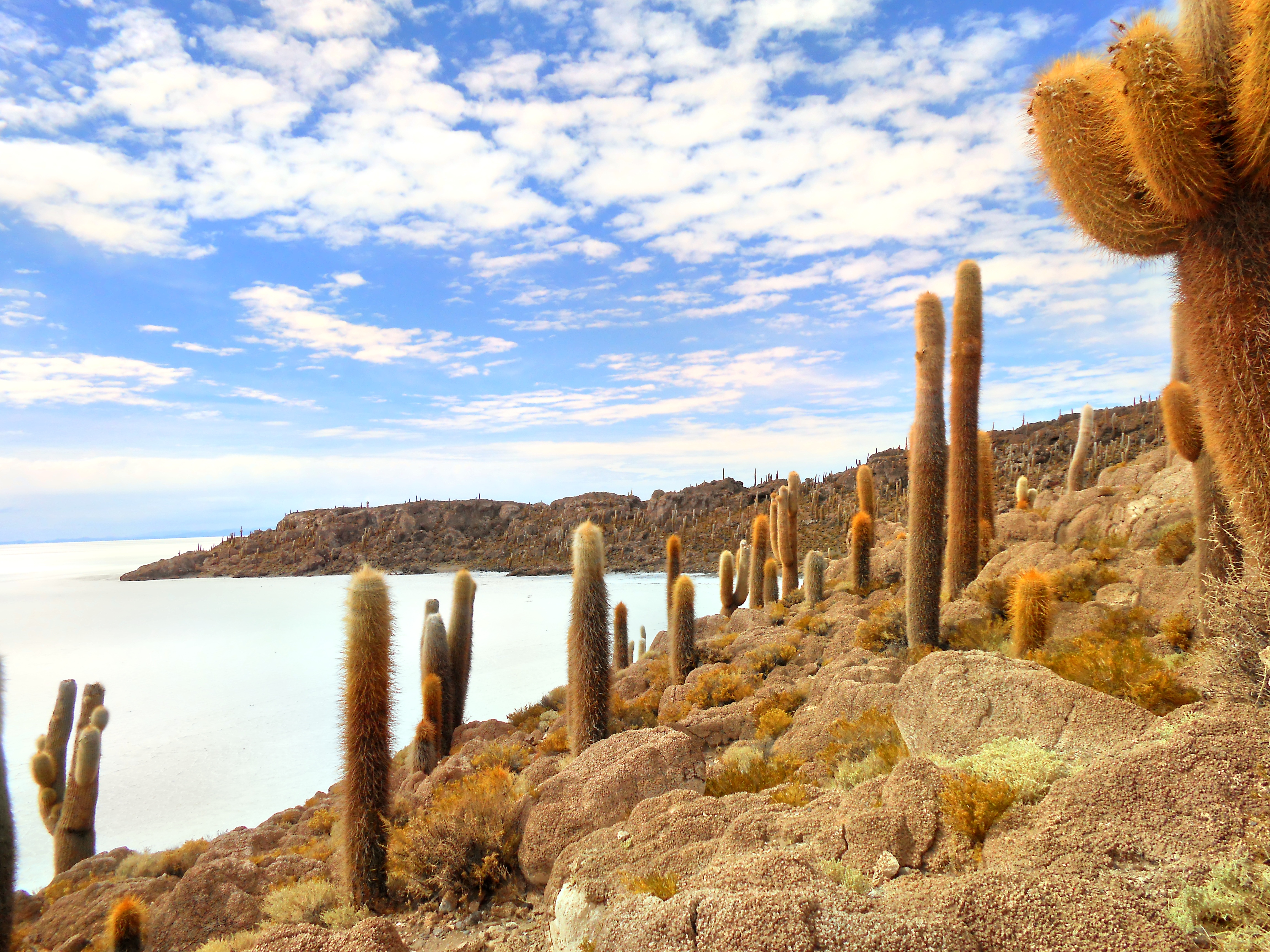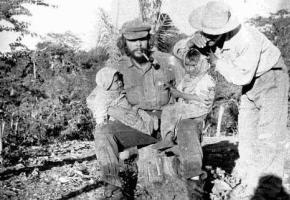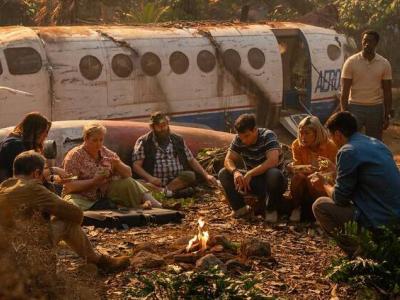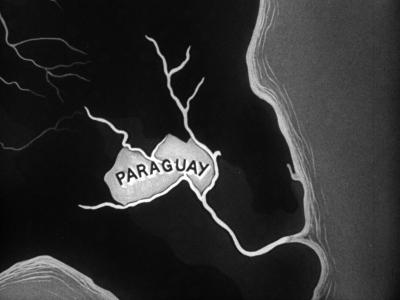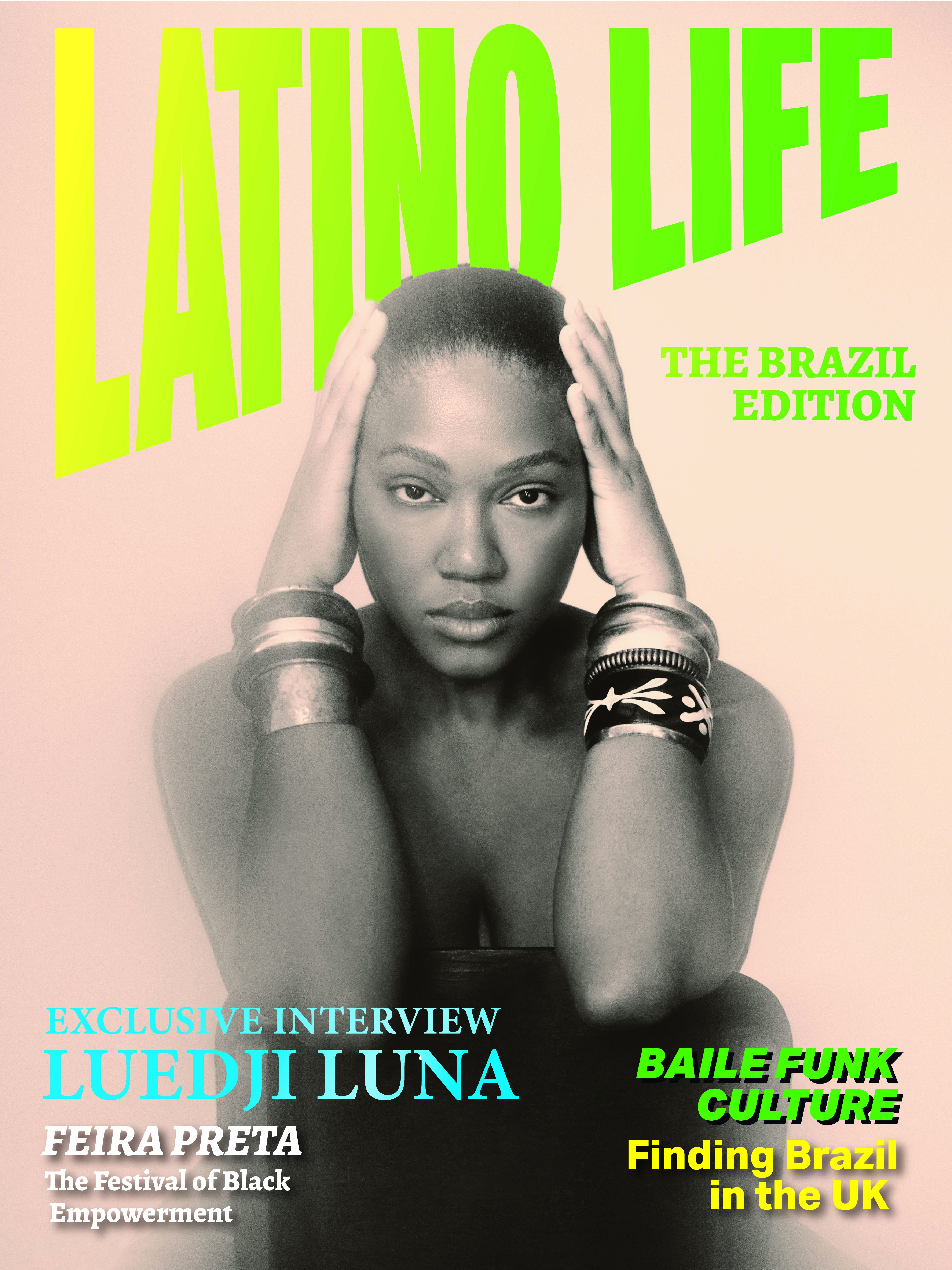From the ancient Tiwanaku and the Inca Empire, to the Spanish conquest, disastrous dictatorships, coups, and the resurgence of indigenous pride under Evo Morales, 'Crossed off the Map: Travels in Bolivia' attempts to tell it all, through a personal journey into this most enigmatic and beautiful South American country. Side trips follow the fate of Butch Cassidy and the Sundance Kid, and the world's most famous revolutionary, Ernesto "Che" Guevara, whose iconic stories came to a dramatic conclusion in Bolivia.
The book also looks at forgotten fragments of Bolivia's past, such as when the mountain village of Potosí mined so much silver in the 1600s that it became “the first city of capitalism” and where working conditions were so toxic to the health of the indigenous serfs and African slaves that it was known as “the mountain that eats men”.
It also delves into Bolivia’s contemporary challenges like the climate emergency, populism, migration, indigenous rights, and the “war on drugs”, touchstone issues that affect the whole planet.
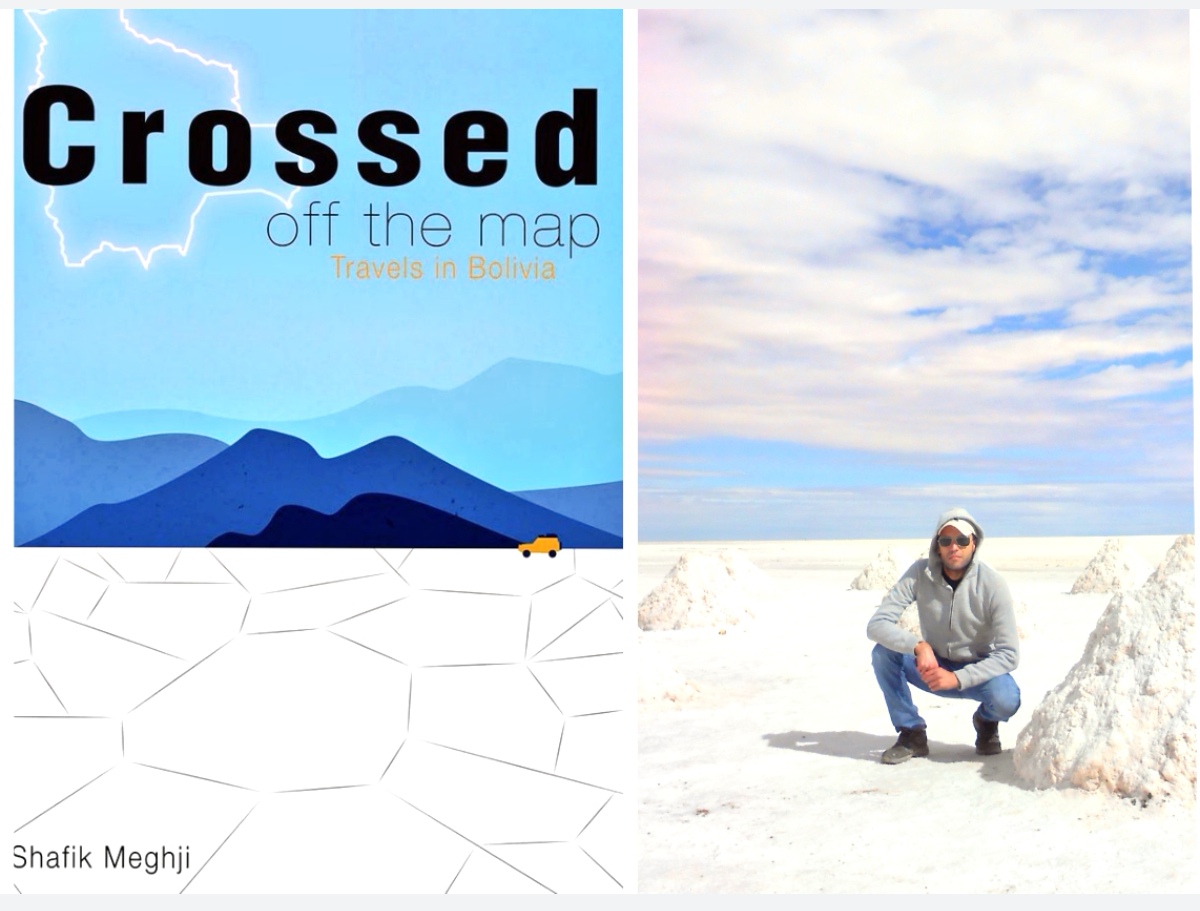
LatinoLife: You’ve written guide books to Bali, the Baltic States, Egypt, Nepal, and Easter Island, among others. What drew you to Bolivia for your first full-blown travelogue?
Shafik Meghji: Over the last 15 years I’ve worked as a travel writer on all seven continents, but never visited anywhere quite like Bolivia. I was initially drawn in by its dramatic landscapes – the world’s biggest salt flat, highest city and most biodiverse national park, to mention just a few – and remarkable cultural richness. But as I got to know Bolivia better I learned about its profound and unexpected impact on the world – fragments of history largely forgotten beyond its borders. I also realised it stood on the frontline of many of the touchstone issues of the 21st century – from the climate emergency to populism. It was too good a story not to tell.
LL: So when did your love affair with Latin America begin?
SM: My parents passed on their love of travel to me at an early age, and this fostered a curiosity about the world and an urge for exploration, particularly in Latin America. Books also played a major role. I’ve also always been an inveterate reader and stories about places like the Amazon, Patagonia and the Galápagos and cultures like the Maya and the Inca captured my imagination and never really let go. And when I finally visited South America – a five-month backpacking trip from Brazil to Argentina via Bolivia, Peru and Chile – it changed my life, prompting me to leave my job as a sports reporter and become a travel writer.
LL: The book starts with an amazing anecdote about Queen Victoria crossing Bolivia off the map in 1867 after the British ambassador to the country was stripped naked, tied to an ass, and paraded around La Paz for refusing to pay his respects to President Mariano Melgarejo’s latest mistress. Do you feel that Bolivia is sometimes overlooked as a travel destination?
SM: Absolutely. Despite being twice the size of France, sharing borders with Brazil, Argentina, Chile, Peru and Paraguay, and lying right in the heart of South America, Bolivia tends to be overshadowed by its neighbours. It rarely makes more than a fleeting appearance in the international media, and travel writers tend to hurry through en route to somewhere else. Tourist numbers were increasing before the pandemic, yet few visitors venture much beyond the Andean region or have anything more than a passing knowledge of Bolivian history, which is perhaps not their fault given that, beyond academic titles, English-language books about the country are few and far between. There had not been a major travelogue dedicated solely to the country in many years, so I saw a gap in the market for a book that explored Bolivia’s fascinating history and how it is coping with a host of contemporary challenges.
LL: When writing the book was it hard to switch from guidebook style writing, where the facts and the figures are all important, to a narrative style where you have to weave together history, politics, culture and description of place with your personal feelings? Did you ever consider lugging a llama along with you or building a totora reed boat in Lake Titicaca to add drama to your story?
SM: Having co-authored more than 40 guidebooks over the years, shifting to a narrative style took a bit of work, but I really enjoyed the greater freedom it provided. And there was so much rich material about Bolivia’s landscapes, cultures, histories and – above all – people to cover in the book that I never felt the urge to rely on a gimmick such a llama sidekick or totora boat expedition to liven things up. Thankfully, travel writing seems to be moving away from that formulaic, cliched style of book.
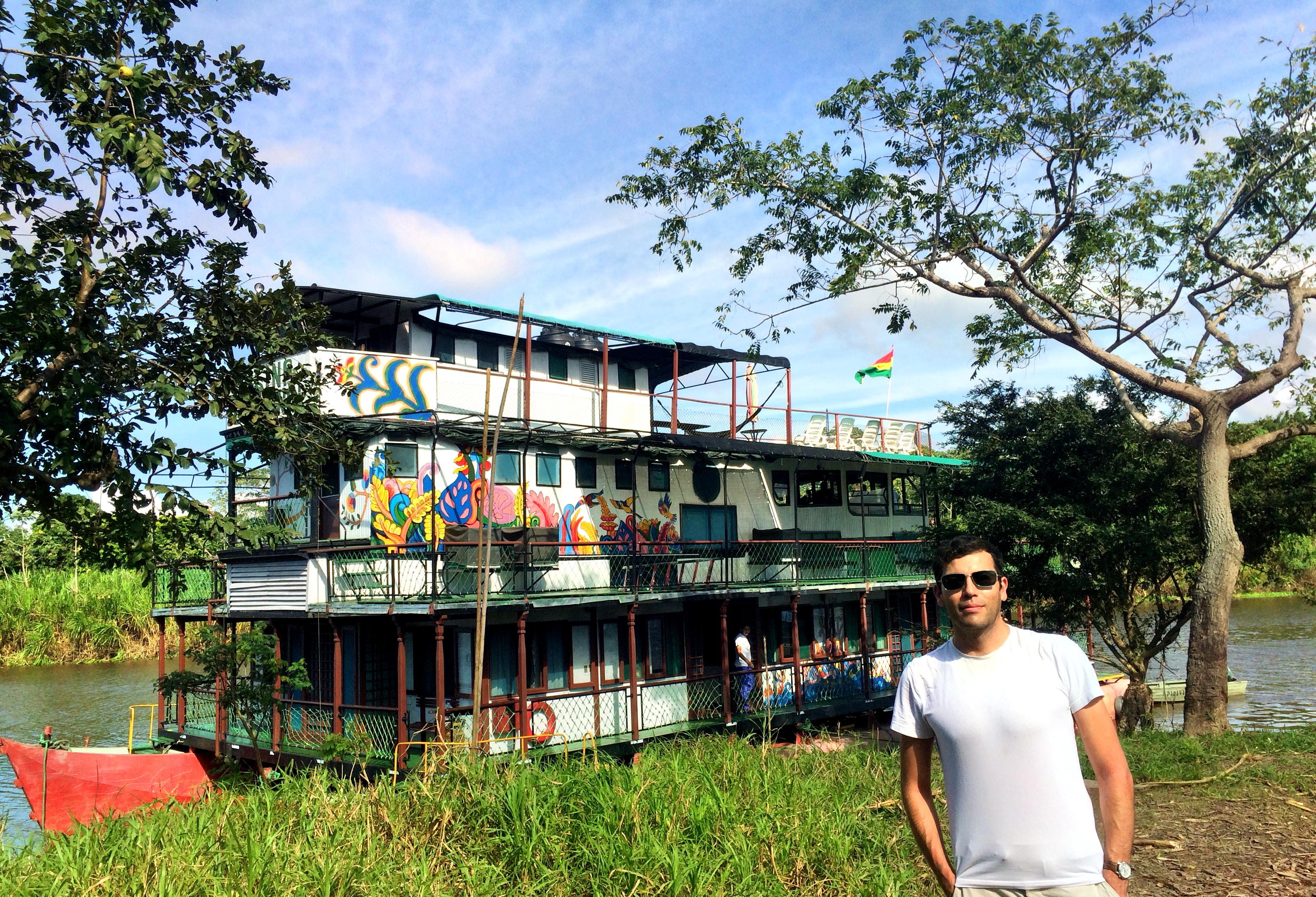
LL: The cover of your book features the surreal salt flats of Salar de Uyuni, a hallucinatory landscape that has become a bucket-list attraction for many travellers to South America. You highlight the dangers posed to this natural wonder by lithium extraction on the salt flats. Can responsible tourism to Uyuni survive alongside the lithium business, when green energies like e-vehicles demand ever more lithium for batteries?
SM: I hope so. Roughly the size of Jamaica, the Salar de Uyuni is an otherworldly landscape that has rightly become a big tourist attraction. Yet it is also home to some of the world’s largest reserves of lithium, which is vital for the global transition to a low-carbon economy. Extracting this resource in a way that benefits ordinary Bolivians without damaging the fragile ecosystems of the Salar and the traditional ways of life of communities living in the region (who often depend upon tourism, at least in part) is one of the big challenges facing the country.
LL. The Argentine revolutionary Ernesto "Che" Guevara came from Cuba to lead a revolution in Bolivia that ultimately led to his capture and execution. The "Che Trail" is now a tourist attraction, including the school house in the small village of Higuera where he was held and executed, and the town of Vallegrande where haunting, Christ-like images of his body were taken shortly afterwards. is there an irony that the world's most famous anti-capitalist revolutionary is now bringing tourist dollars to these small communities?
SM: It’s another example of unintended consequences. The Bolivian army wanted to avoid turning Che into a martyr and this area into a pilgrimage site, yet that is exactly what it has become. Meanwhile, the Argentine revolutionary has, in death, become the kind of commodified icon he once would have railed against. Even if you have no interest in Che, this trail is a truly spectacular route across the rugged hills of the Cordillera Occidental – scree-covered slopes, churning rivers, cut-off villages, vultures and condors circling in the cloudless sky. Few people travel along this trail, and you feel as if you have to yourself.
 LL: There has been a blossoming of indigenous pride in Bolivia over the last 10 years, with Freddy Mamani's colourful Cholet architecture in the city of El Alto inspired by ancient Andean motifs from Tiwanaku, and a real boom in cholita fashion. What has been your experience of the Andean renaissance as some have called it?
LL: There has been a blossoming of indigenous pride in Bolivia over the last 10 years, with Freddy Mamani's colourful Cholet architecture in the city of El Alto inspired by ancient Andean motifs from Tiwanaku, and a real boom in cholita fashion. What has been your experience of the Andean renaissance as some have called it?
SM: For me this is one of the most exciting aspects of Bolivian society and culture at present. It is particularly evident in a place like El Alto, which overlooks La Paz and – at 4,150 metres – is the highest city on Earth. In recent decades it has become a centre of indigenous Aymara culture and identity, which has given rise – among many other things – to cholets, soaring multicoloured buildings used as shops, homes and entertainment spaces. They’ve been described as ‘firecracker architecture’ because they’re so eye-catching.
LL: For too long, Bolivia was described almost solely in relation to cocaine and the instability of its governments. I think there was even a book called "Coups and Cocaine". Things have moved on and travellers are learning more about the country's vast diversity as they go beyond the Andean cities and towns to discover the Amazon regions, the Jesuit missions, and Lake Titicaca. Do you see a changing narrative for Bolivia?
SM: Definitely. One of the reasons I wanted to write Crossed off the Map was to look beyond the reductive and stereotyped accounts of Bolivia that appear far too often in books and articles, particularly from western authors and journalists. There’s definitely growing interest in the country in Europe and North America and many travellers are keen to get a more authentic insight into its history, culture and peoples. Hopefully in the years to come more Bolivian voices will have the chance to share their stories and perspectives with a wider audience.
LL: What areas of Bolivia do you still have to explore, and where would you encourage others to visit?
SM: There are several places in Bolivia that I haven’t had the chance to visit yet, with Parque Nacional Noel Kempff Mercado top of the list. Located in the Amazon basin, and hard to access, it is a UNESCO World Heritage Site whose pristine Huanchaca plateau was reputedly one of the inspirations behind Arthur Conan Doyle’s The Lost World. I’d also like to explore the sparsely populated Chaco region, which stretches down towards the Argentine and Paraguayan borders, in greater detail. I always advise visitors to look beyond the Andean region – as incredible as it is – and travel to other, sharply contrasting parts of the country, particularly the Amazon and the eastern lowlands.
LL: The climate crisis and the drive to make tourism more sustainable is affecting how we travel. What advice would you give travellers ensure that they travel responsibly and give back to Bolivia?
SM: Obviously, flying to Bolivia is an unavoidable carbon-intensive activity for most travellers outside of South America. But when you’re in the country, try to spend your time and money in a way that benefits ordinary Bolivians: use public transport and minimise internal flights, stay in independent, locally owned and sustainably run accommodation – such as the Chalalán ecolodge in Parque Nacional Madidi – and use responsible tour companies. There are also lots of excellent community based activities in Bolivia – from homestays to craft workshops to guided hikes.
LL: Having visited so many countries in Latin America do you still get that mixture of excitement and trepidation when you pick up your backpack and venture out to see new sights, and meet new people, or have you been there, done that, seen it all? What's next on your Latin American bucket list and can we expect another personal travel narrative like Crossed off the Map?
SM: The great thing about travel is that there’s always further to go – Guyana is the next place on my list. Despite all the time I’ve spent in Latin America over the years, I still feel the same excitement I had on my first visit as a backpacker – I never get blasé and take it for granted. And I’m also starting to work on a new book – I can’t say too much about it at this stage but it will be focused on Latin America and feature a similar blend of history, journalism and travel writing as Crossed off the Map.
You can buy a copy of Crossed Off the Map from Waterstones, Amazon, and at Practical Action Publishing: https://practicalactionpublishing.com/book/2595/cros
Russell Maddicks is a travel writer and author of the Culture Smart! Guide to Ecuador. He is currently researching and writing Culture Smart! guides to Mexico and C


